Muro-ji Temple is the head temple for the Shingon sect of Buddhism, with buildings dotting the side of Mt. Muroji in the Muro area. There are multiple national treasures and important cultural properties at the temple, including the Kon-do Golden Hall. The rhododendron flowers are beautiful from late April to early May, and the autumn leaves are also beautiful in November, attracting many visitors.
目次
About Muro-ji Temple
Muro-ji Temple is located near the border of Nara Prefecture and Mie Prefecture, an area surrounded by mountains and valleys. Unlike another Shingon sect temple, Mt. Koya, which banned females, Muro-ji has always been open to women, earning it the nickname "Mt. Koya for women". The temple was built at the end of the Nara Period. It was founded by the high priest of Kofuku-ji Temple, Kenkyo. The grounds are large, with the Nio-mon Gate, a vermillion two-story tower gate, the curved bridge over the clear Muro River, the Miroku-do Hall with its impressive curvilinear roof, and other temple buildings, so we recommend having at least an hour and a half if you want to visit. In March 2020, the Treasure Hall will open, where the 11-faced Kannon statue (a national treasure), the seated Buddha statue (a national treasure), and other treasures will be housed.
The Highlights of Muro-ji Temple
The Kon-do Golden Hall, the Hon-do Main Hall, and the 5-story pagoda are all designated as national treasures. The 5-story pagoda is especially old, having been built in the early Heian Period, and the legend says that the famous monk Kukai built it in one night. About 16 meters tall, it is the smallest 5-story pagoda located outside in Japan. From April to May, the vision of it surrounded by the blooming rhododendron has become the symbol of Muro-ji Temple.
Other things to see are the Kon-do Golden Hall, where there are various Buddhist statues, including the standing central Buddha (a national treasure), and the Hon-do Main Hall, where the Heian Period seated Kannon statue (an important cultural property) is enshrined. The 11-faced Kannon is especially a must-see. With her soft, round faces and smallmouths, she gives off a soft impression. The statue is carved from solid Japanese Nutmeg wood, and even all 11 faces were carved from the one piece of wood.
The 4 Seasons of Muro-ji Temple
From mid-April to mid-May, both sides of the path leading up the staircase and to the 5-story pagoda are lined with over 3,000 pale rhododendron plants, and they hold a Rhododendron Festival. From mid-November to early December is the best season for autumn leaves. The hill leading up to the Kon-do Golden Hall is like a tunnel through the autumn leaves. During these seasons, there is a bus connecting Muro-ji Temple and Chokoku-ji Temple.
Access to Muro-ji Temple
From Kintetsu Muroguchi-Ono Station, take the Nara Kotsu bus bounding to "Murojimae-yuki" for about 15 minutes, and get off at the last stop, then walk about 5 minutes.
Spot Information
- Spot name:Muro-ji Temple / 室生寺
- Street Address: 78,Muro, Uda-shi, Nara Prefecture 633-0421
- Access: From Kintetsu Muroguchi-Ono Station, take the Nara Kotsu bus going to "Murojimae-yuki" for about 15 minutes, and get off at the last stop, then walk about 5 minutes.
- Wi-Fi: Free Wi-Fi partially available
- Language:English, Traditional Chinese and Korean pamphlets available
- Ticket:600円 600 yen
- Business Hours: April 1st - November 30th 8:30 - 17:00, December 1st - March 31st 9:00 - 16:00
- Holidays: Open year-round
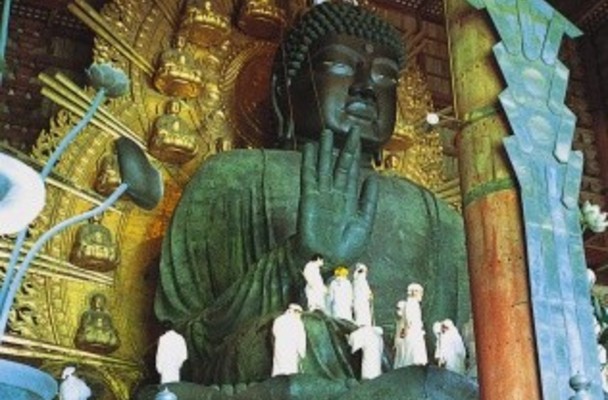
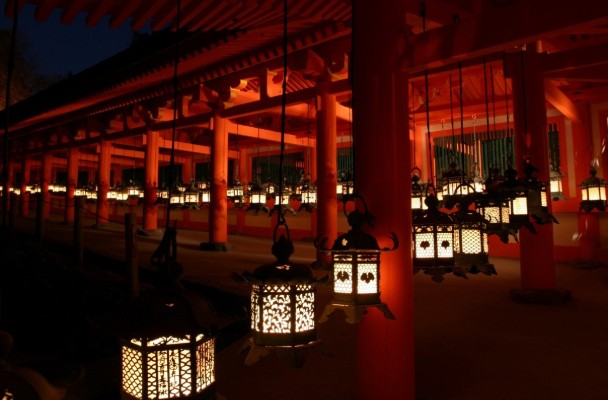
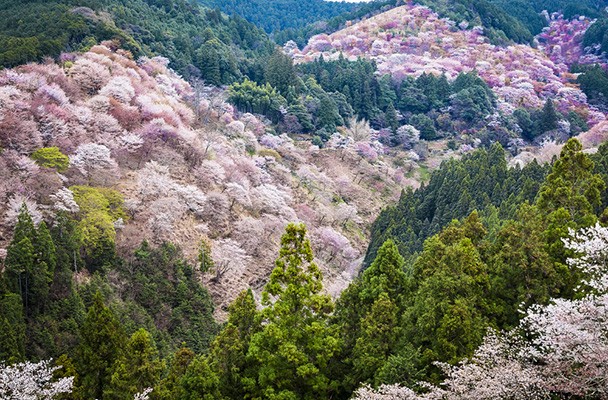
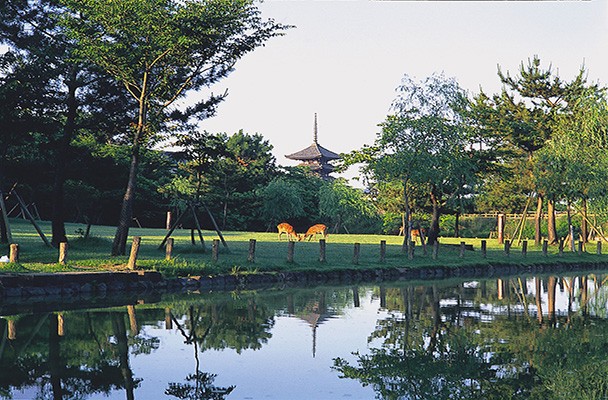
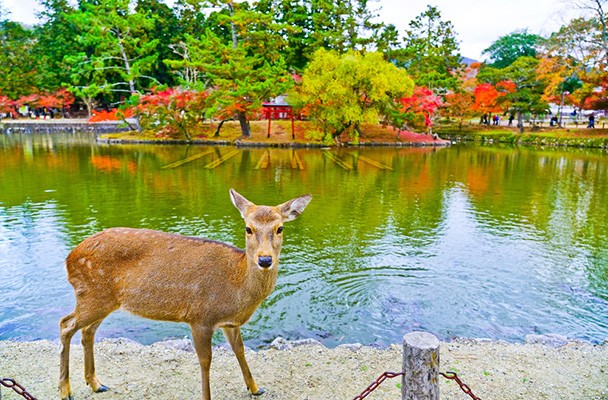
Comments